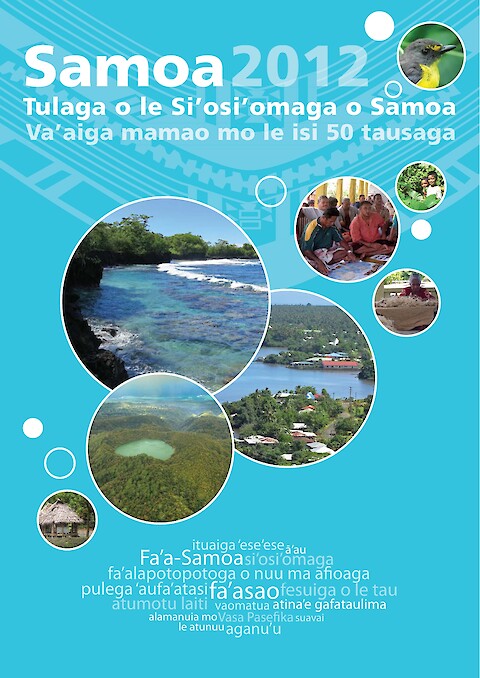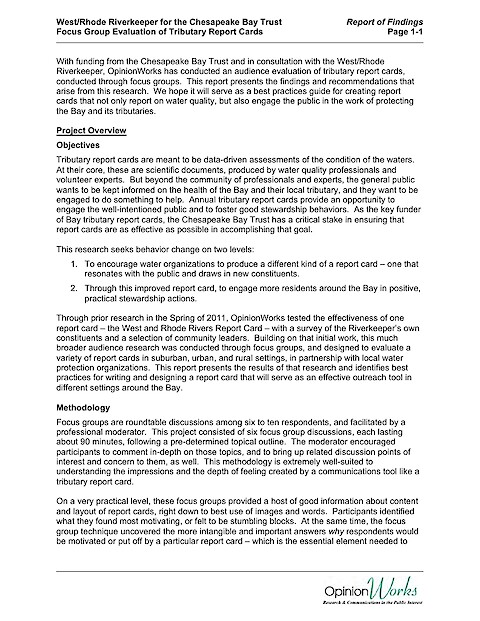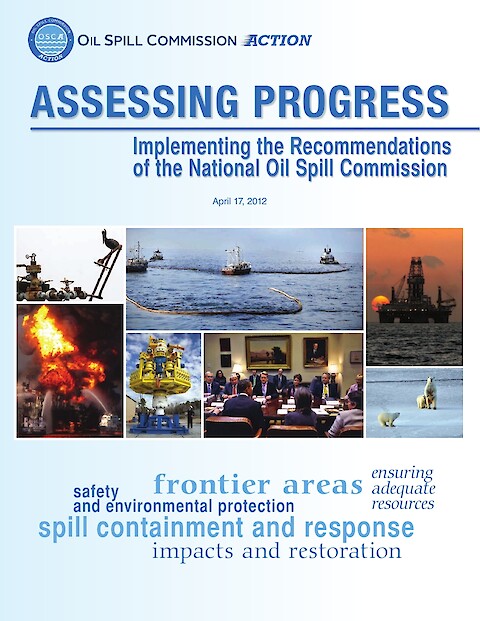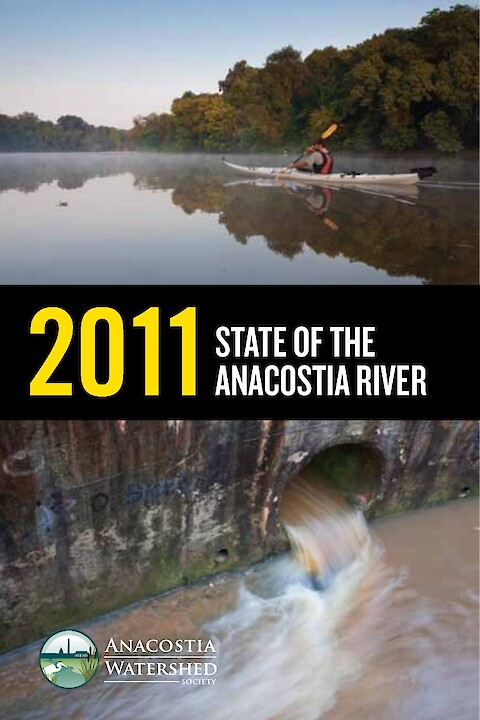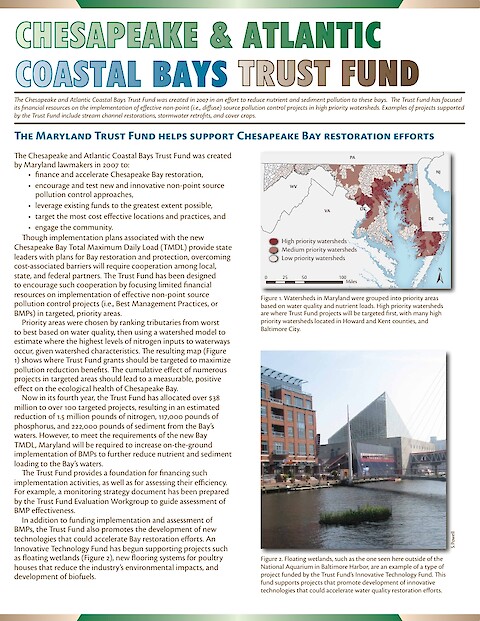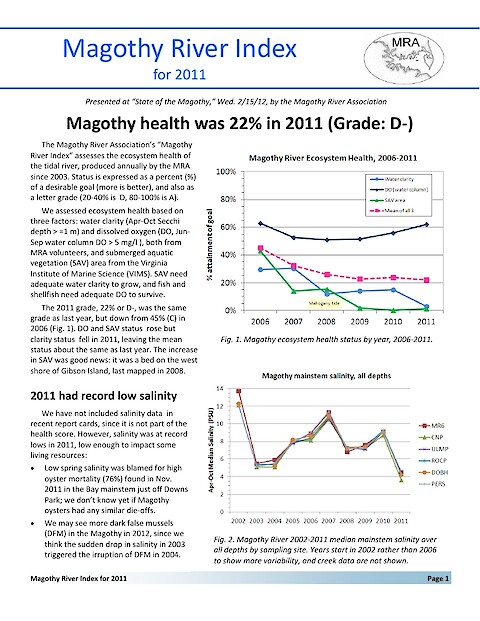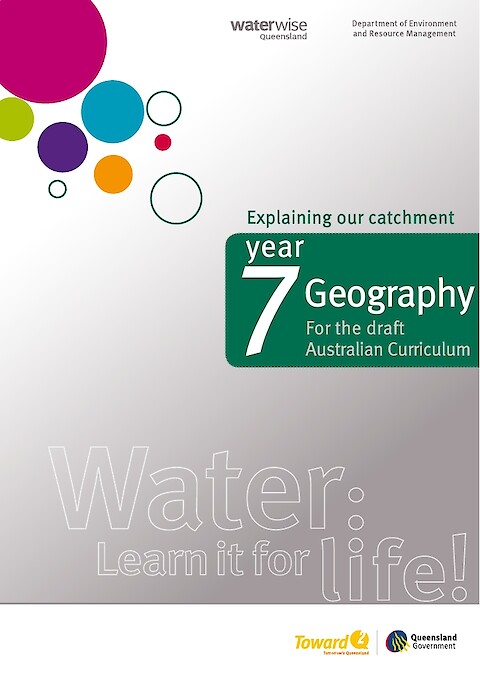Assessing Progress
Bob Graham, former Commission Co-Chair
William K. Reilly, former Commission Co-Chair
Frances Beinecke, former Commission Member
Donald F. Boesch, former Commission Member
Terry D. Garcia, , former Commission Member
Cherry A. Murray, former Commission Member
Fran Ulmer, former Commission Member ·
18 April 2012
The National Commission on the BP Deepwater Horizon Oil Spill and Offshore Drilling established by President Obama was tasked with determining the root causes of the April 2010 Gulf of Mexico oil spill, evaluate the responses, and make recommendations to minimize the risk that such a disaster would ever happen again. This report by the Commission is a graded progress assessment of the Administration, Congress, and the Oil Industry on implementing those recommendations.
Read more



